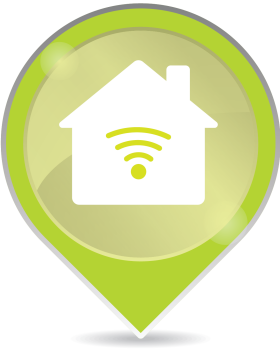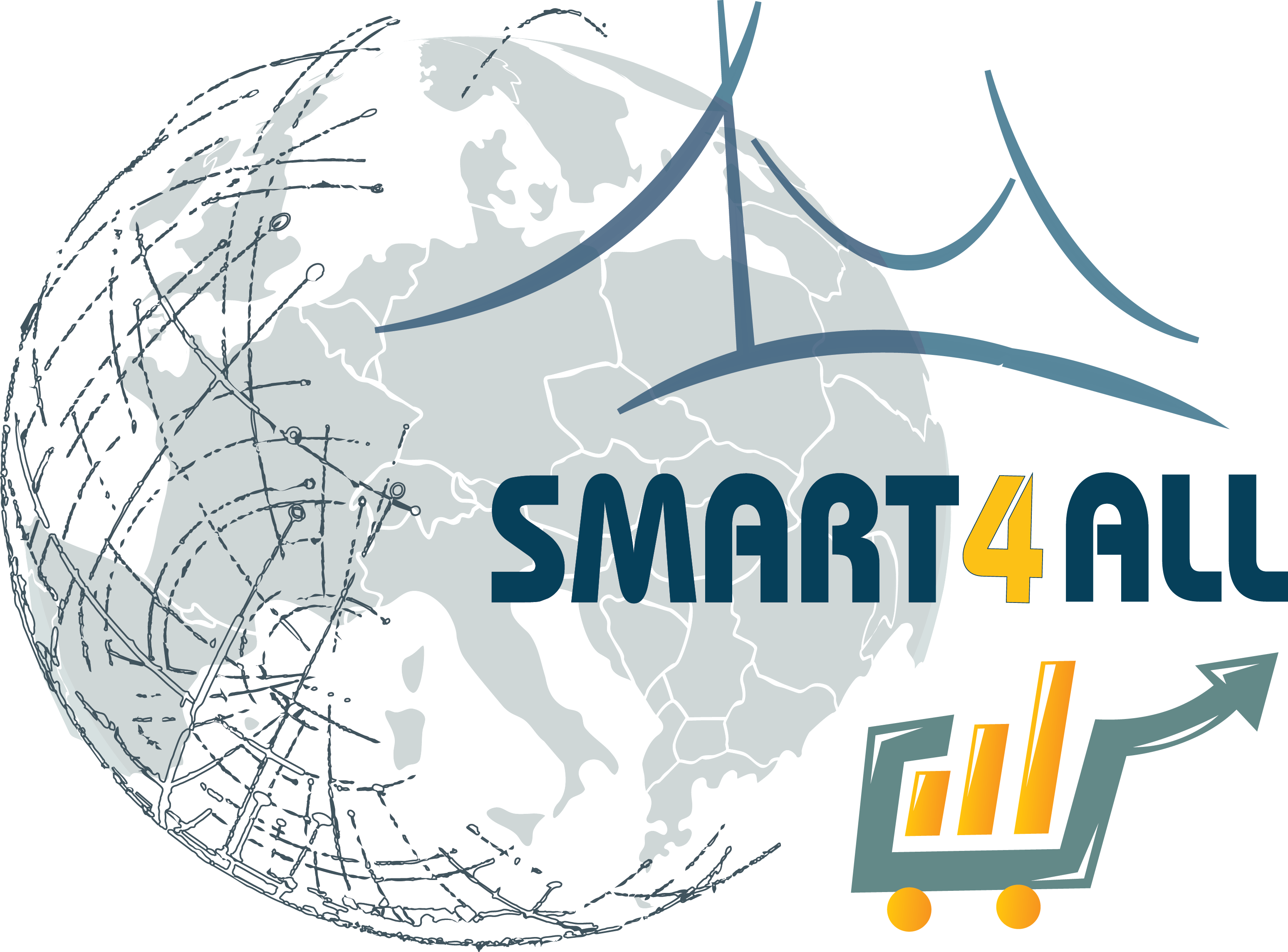HARC
 Digitized Environment
Digitized Environment
Consortium: UPV (Spain) / Pozyx (Belgium)
Funded by: Internal Experiment
HARC (Human Aware Robot Control) is an experiment based on Knowledge transfer between the Polytechnical University of Valencia and POZYX, a Belgian SME, to develop innovative applications of IoT systems and robot control interoperability in industrial environments to improve safety in human-robot interactions and enhance resource efficiency.
Safety is one of the most important requirements in industrial environments with robot applications, especially in scenarios with human-robot cooperation. Ultra-Wide Band (UWB) technology creates secure and dynamic working environments. It is an easy and fast improvement to implement in industrial scenarios and to simplify existing sensor infrastructures for industrial security. Parallelly, improving logistics and optimisation of operators’ and robots’ tasks is also a benefit for enterprises since this could reduce costs and time in operations.
In this experiment, a novel application of UWB technology has been developed to safely integrate robot control (ROS) information about the human location to facilitate human-robot interaction. At the same time, the location data captured from UWB tags can be registered for offline analysis.

The main objective of HARC is to introduce UWB technology as an innovative method of location in industrial environments to improve safety in areas with human-robot cooperation and enhance resource efficiency. With this purpose, the following sub-objectives appear:Evaluation of a UWB location system in an industrial environment. Study of existing technologies related to a precise location to contrast information.Integration of location data into a mobile robot's ROS (Robot Operation System) architecture. Develop industrial safety enhancement applications. Develop resource efficiency improvement applications.
Traditionally, robot vision sensors have been used for human identification and tracking, together with RTLS like GNSS, Wi-Fi or Bluetooth beacons. Other technologies, such as cameras or LIDAR, can detect obstacles or obtain relative position information, but they fail to provide absolute location information.Introducing UWB technology in new areas and environments in the industrial sector. The portfolio of applications in Pozyx currently covers health, sports, warehousing, manufacturing, research, and education. But not specifically robotics or human-robot interaction. The main issue of GPS, systems based on radiofrequency, WiFi and other positioning technologies is the accuracy of the results, usually above dozens of centimetres, and the requirements for extra infrastructure. As much interactivity is necessary for a solution, the safety requirements increase, generally due to decreased distances and barriers between robots and operators.
For the development of safety enhancement applications, both software and hardware solutions have been used:Autonomous Mobile Robots (AMRs)IoT TechnologiesElectronic devicesRobot Operating System (ROS) Ultra-Wide Band technology (UWBMobile applications)
There is a substantial increase in logistics and warehousing companies focusing on incorporating robots to gain the benefits of enhanced efficiency, speed, and augmented profits to remain competitive in the market. The adoption of advanced technology, such as robotic warehousing and logistics technologies, is growing to enhance operation efficiency at affordable prices. In this market context, the internal PAE is an opportunity for products like Pozyx RTLS to enter the logistics robotics sector. This application is developed as an improvement in solutions of location control in industrial environments using UWB as an evolution of other technologies such as GPS, Bluetooth, Wi-FI or radiofrequency.



